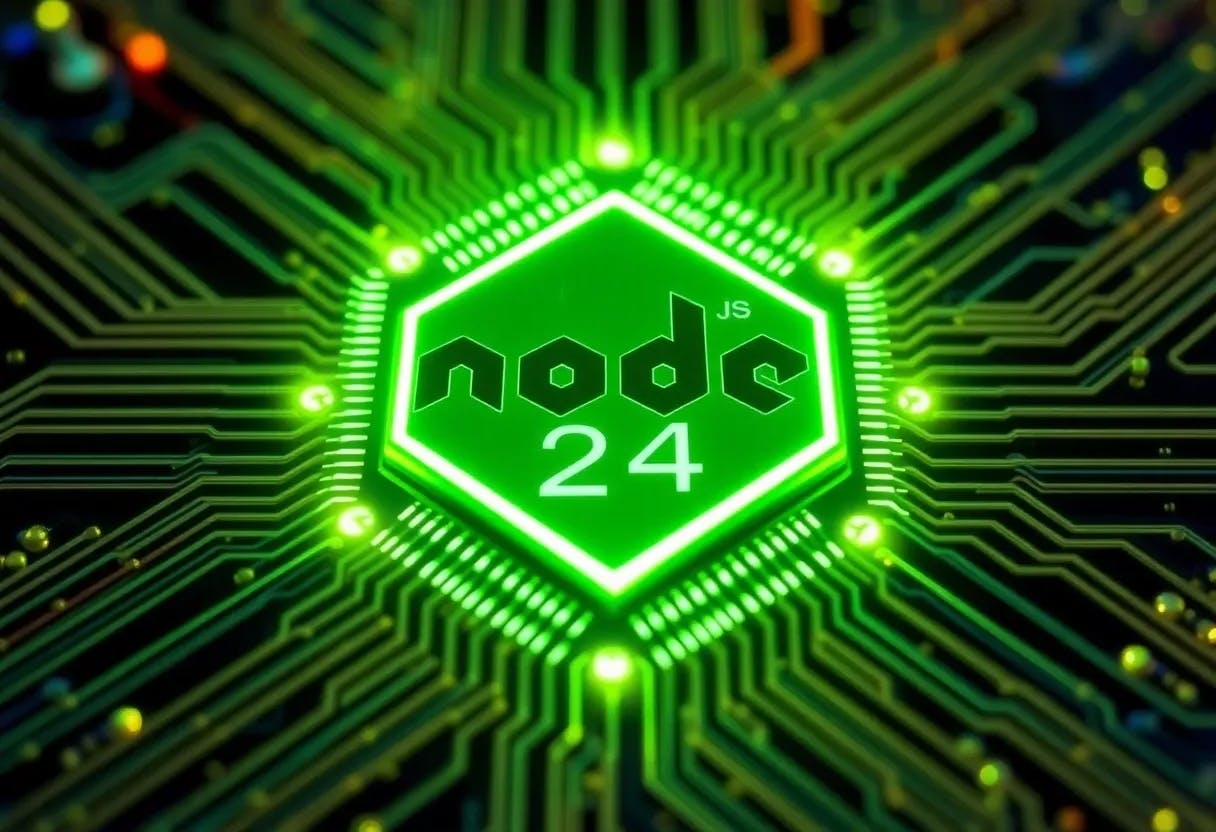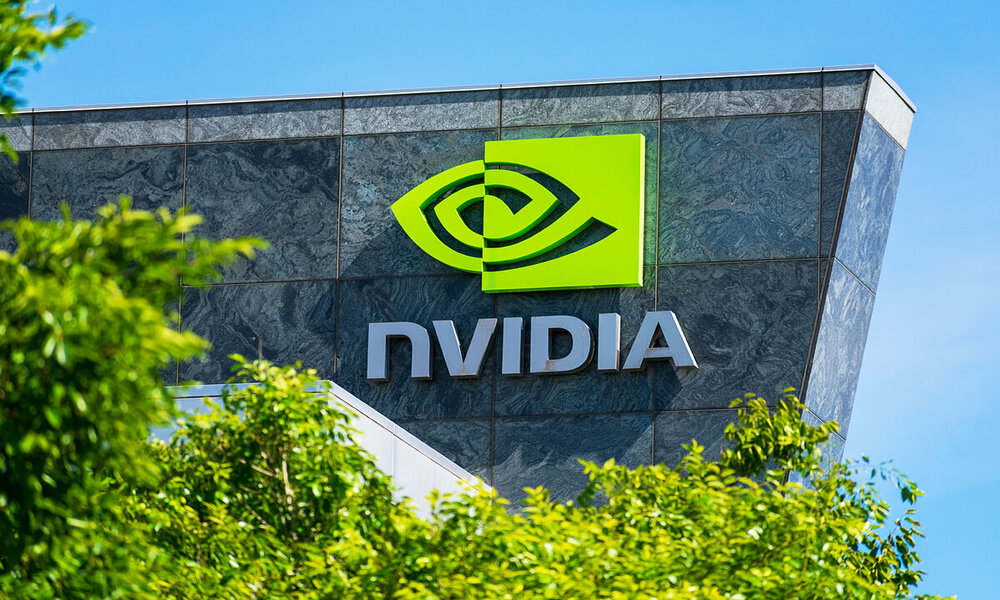The computer memory market has changed since AI has come into our lives. The investments underway or planned in infrastructure to power artificial intelligence systems are simply colossal and large manufacturers are focusing on meeting the very high demand that comes to power data centers. The danger for the customer segment, due to supply shortage and Price increaseit is evident.
For months we have been alerting you about the increase in prices of memories and all the products that use them. We fell short. The rise has been faster and larger than expected. Latest reports indicate that DRAM contract prices have increased by 171%, even surpassing the recent meteoric rise of safe haven values such as gold.
All of this is a consequence of the fierce battle for control of AI. By default, this technology learns and improves non-stop and is therefore quasi insatiable in resource consumption. There are already alerts that say that the energy consumption of AI threatens the global sustainability of the planet, not to mention emissions or water consumption for cooling. This crazy situation also puts the customer-focused computing market at risk. We are simply not going to be able to pay the price of some components or PCs in general.
The memory market and the rise in prices
Memories are an absolutely fundamental component for the technology industry. And not only to serve products such as RAM memory modules for PCs. Memory chips are used for everything and in all types of components and the changes in the offer affect storage units such as SSD or microSD, as well as other components such as graphics cards that use dedicated memory.
And it’s just the tip of the iceberg. The memory installed in smartphones is another example, as is the memory installed in video game consoles. A simple example is that Microsoft is considering increasing the price of Xboxes due to rising component costs and analysts predict that the Steam Machine will cost much more than initially expected.
In case you are asking, at this point it is necessary to clarify that the memories used in the servers (HBM and RDIMM) are different from the client solutions, but they affect the same in a connected industry. And manufacturers are modifying production to meet the increased demand for AI (much more profitable), thus reducing the manufacturing of DDR5 modules.
We have the same example in GPUs. Manufacturers are prioritizing higher-margin hyperscalers, rather than redirecting their efforts toward consumer GPUs. Last quarter, while client graphics sales remained flat, GPU accelerators skyrocketed 145%. NVIDIA’s financial results, with historical records of revenue and profits, can attest to this.
And more figures. The “Stargate” project led by OpenAI, the largest on the planet valued at $500 billion, recently signed agreements with Samsung and SK hynix for the supply of up to 900,000 DRAM wafers per month. This agreement alone reduces global DRAM supply by 40%. All manufacturers are allocating resources to HBM and Micron, for example, has already committed all of its 2026 production to HBM.
In this scenario, it is not surprising that the price of RAM memory modules has multiplied by two and a half in just four months and the rest of the components and the PCs themselves, although not at those levels, have also risen quite a bit. And the worst thing is that the situation is not expected to improve in 2026. AI will continue to be insatiable and it will take years for the industry to adapt to these surges in demand.
If you need to Buy something, try to take advantage of some of the Black Friday 2025 deals that are going on. In 2026 prices will rise even more.












